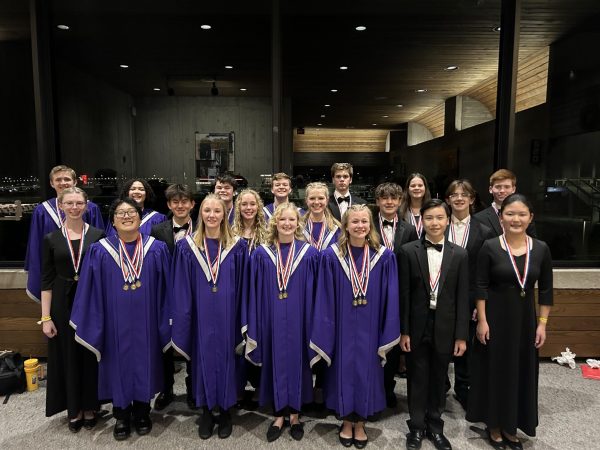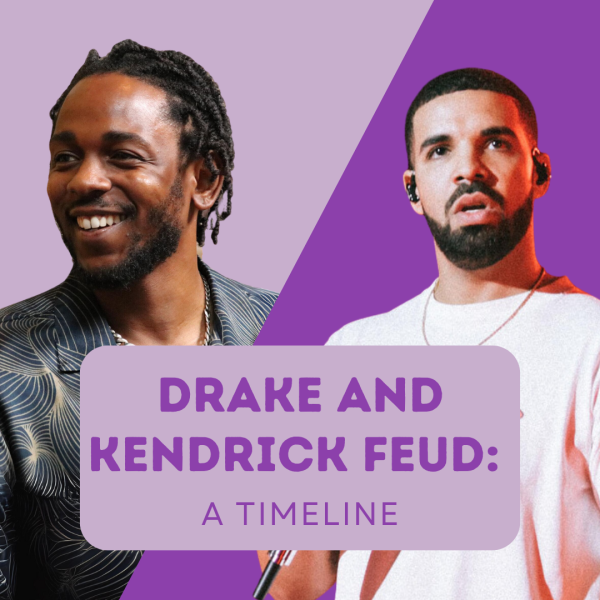Rom-coms: Unpacking the Fairytale
Rom-coms are a vital aspect of the entertainment industry, but they have their flaws.

The highest grossing romantic comedy of all time is “My Big Fat Greek Wedding,” generating over 241,000,000 U.S. dollars.
Our world is a sucker for happy-ever-after endings. Girl meets boy, they fall in love, they miscommunicate, they resolve their differences, and they live happily ever after. Sounds like every rom-com ever made, right?
Don’t get me wrong. I am a rom-com fanatic. I would love to say that I’ve seen every single one ever, but truthfully, that would probably take the rest of my life, maybe longer. But, I would say that I am well-versed in the world of rom-coms.
While I am a lover of this genre, I will say that it has its flaws. These movies typically lack diversity and substance. This leads people to view these movies as shallow and superficial.
Rom-coms have a long history, with William Shakespeare writing what is typically seen as the first romantic comedy. The play is called “Two Gentlemen of Verona.” It follows the story of two friends who have fallen in love with the same girl, the classic love triangle trope.
From “Two Gentlemen of Verona” to “The Summer I Turned Pretty,” Rom-coms have stayed relatively the same over time. That is what is appealing about this genre of entertainment: there is always a happy ending.
Our society has changed immensely since the late 1500s, but sometimes, it feels as though the rom-coms haven’t.
Rom-coms have a habit of painting women to be shallow and superficial. In most of the movies that I’ve seen in this genre, women are merely a pretty object, waiting for the perfect man to sweep her up off of her feet. Most portray these characters as needy, lacking any substance outside of a desire for men.
While nothing about this sentiment is positive, some might ask, so what? It’s just a movie, what’s the big deal? The big deal is that young girls will see these movies and adopt this ideology in their own life. If they are surrounded by enough media telling them these things, then chances are they will apply this mindset to their adult lives.
Along with disdainful attempts to stereotype women, rom-coms also lack diversity in many different ways. In most rom-coms, the two leads are white, while their best friends are people of color who are only there for comedic relief. I can think of two rom-coms that I have seen that have people of color starring in a lead love interest role, two movies out of the hundreds that I have seen over the years.
This can be harmful to people of color, who watch these movies and see no one that looks like them. It can make them feel small and unimportant in comparison to their white counterparts.
On the topic of diversity, another area that lacks representation in rom-coms is the LGBTQ+ community. Most rom-coms typically accentuate the hetero-normative society that we live in today. While the number of same sex couples in these movies has gone up in the past couple of years, it is in no way equal to their hetero-sexual movie counterparts.
The purpose of me writing this is not to tell you to stop watching rom-coms. That would be hypocritical, as I am not planning on putting a stop to my love for them. I think rom-coms are an awesome genre to watch with family and friends, and they have brought many people lots of joy and happiness.
I do think that people should be more aware of the media they are consuming when they watch this genre of movies. What’s the diversity like? What is the message the movie is sending? Being aware of what the movie is trying to convey can be a critical aspect of enjoying the movie.
Rom-coms are a great way to escape reality, but that’s all they are. An escape from reality. The real world is messy and complicated with millions of different individuals, each with their own story. These movies portray an unrealistic view of our society, which doesn’t exist outside of Hollywood.

Madelyn is a senior at Liberty. This is her fourth year in Journalism! Madelyn runs cross country and track, and is a member of the speech team. Outside...







